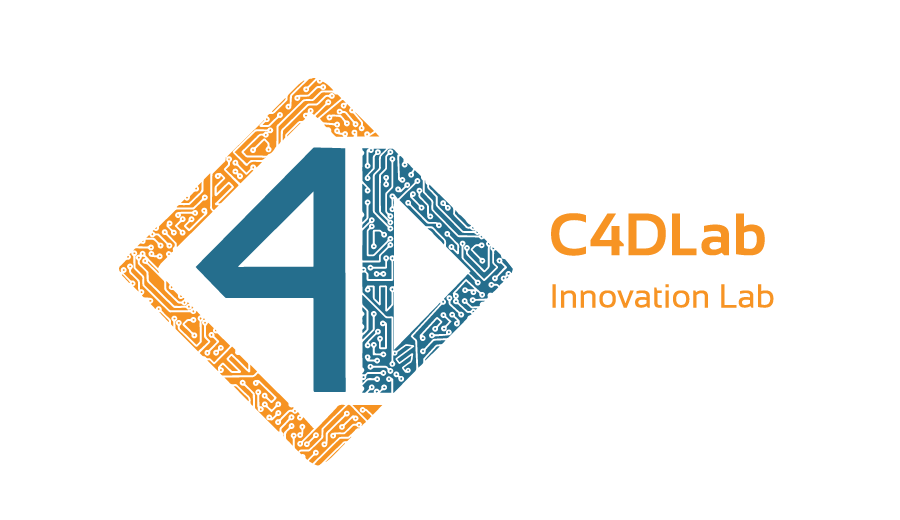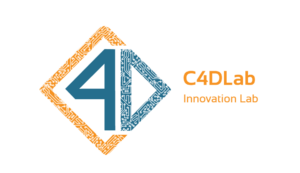C4DLab, in conjunction with Bowmans Law (Coulson Harney), today held an Intellectual Property Rights (IPR) and Commercialization workshop at the Cybersecurity Centre, Department of Computing and Informatics.
The workshop, opened by Professor Mary Kinoti on behalf of the Deputy Vice-Chancellor for Research, Innovation, and Enterprise, Professor Francis Mulaa, aimed to provide faculty and students with a comprehensive understanding of Intellectual Property Rights (IPR) and their significance in academia.
Professor Kinoti highlighted the importance of IP in academia and urged for greater uptake of IP rights support mechanisms to foster an innovative culture. Her presentation later highlighted the university’s strides in the area of innovation and enterprise.
The workshop’s main goal was to equip participants with the knowledge and tools to protect their intellectual property and explore commercialization opportunities.
Bowmans Law (Coulson Harney)’s Intellectual Property team of Daniel Mwathe, Richard Odongo, Taria Khaoma from the Nairobi office, and Mwansa Chisa from the Zambia office shared valuable insights on IPR and its role in furthering innovation within academic circles. In detailed presentations, they guided the participants through the meticulous process of securing an IP.
Conducted in three sessions, the workshop targeted university faculty and students, specifically categorized as inventors, innovators, researchers, and students.
The first session provided an introduction to IPR. Intellectual Property Rights (IPR) are intangible assets that result from intellectual or creative activity. They are crucial for fostering innovation, economic growth, and cultural development.
It was revealed that there are four primary types of intellectual property: patents, trademarks, copyrights, and trade secrets. Patents protect inventions and processes, trademarks identify goods or services, copyrights protect original works, and trade secrets are confidential information that gives a business a competitive advantage.
The participants learned that IPR is essential for universities and research institutions. It safeguards research outcomes, attracts funding, facilitates collaborations with industry, and recognizes the contributions of researchers and students.
Real-world examples of how IPR has been used to protect and commercialize academic research were discussed, with Professor Richard Mibei, a biotechnology innovator, sharing his experiences in using tea to dye fabric and leather materials. He also shared how he had used the juice of rare indigenous vegetables to dye handbags. His rallying call was for the university to harness its full enterprising potential to lead the region as an innovation hub.
The second session focused on protecting IP, including identifying valuable assets within research and creative works as the first step in protecting intellectual property. The participants learned that this involves understanding the nature of their research, inventions, or creative works and determining which type of IPR protection is most suitable.
Patenting, trademarking, and copyrighting were identified as the primary methods for protecting intellectual property. Each process has specific requirements and procedures that must be followed to obtain legal protection.
It was emphasized that it is important to be aware of common challenges and solutions related to safeguarding intellectual property. This includes understanding potential risks, implementing preventive measures, and seeking legal advice when necessary.
The third session focused on pathways to commercialization. The presenters guided the participants through the journey from idea to product or service, which involves various steps, including research, development, and market analysis.
The role of Technology Transfer Offices in assisting universities and research institutions in commercializing their intellectual property was highlighted.
Licensing agreements and partnerships were presented as valuable strategies for commercializing research. Licensing allows others to use the intellectual property under specific terms, while partnerships can combine complementary expertise and resources.
Funding was identified as often essential for commercialization, involving identifying potential sources of financial support, such as government grants, venture capital, or angel investors.
The workshop provided an opportunity for participants to ask questions, discuss scenarios, and share their experiences. An open floor discussion allowed for a broader exchange of ideas and insights.
There was also an opportunity to network with peers and share best practices, which can be beneficial for building relationships and gaining valuable knowledge.
The workshop was expected to: a) improve participants’ understanding of IPR and its relevance to academic work; b) enhance their ability to identify, protect, and commercialize intellectual property; c) increase their awareness of commercialization pathways and available resources; d) foster stronger collaborations between academia and industry.
The workshop provided an informative and interactive session on IPR, empowering participants to protect and commercialize their work. Dr. Ruhiu, the Coordinator of the workshop, in closing the workshop, reiterated its significance, stating that by fostering a culture of innovation, the workshop contributed to the advancement of research and development within the academic community.


